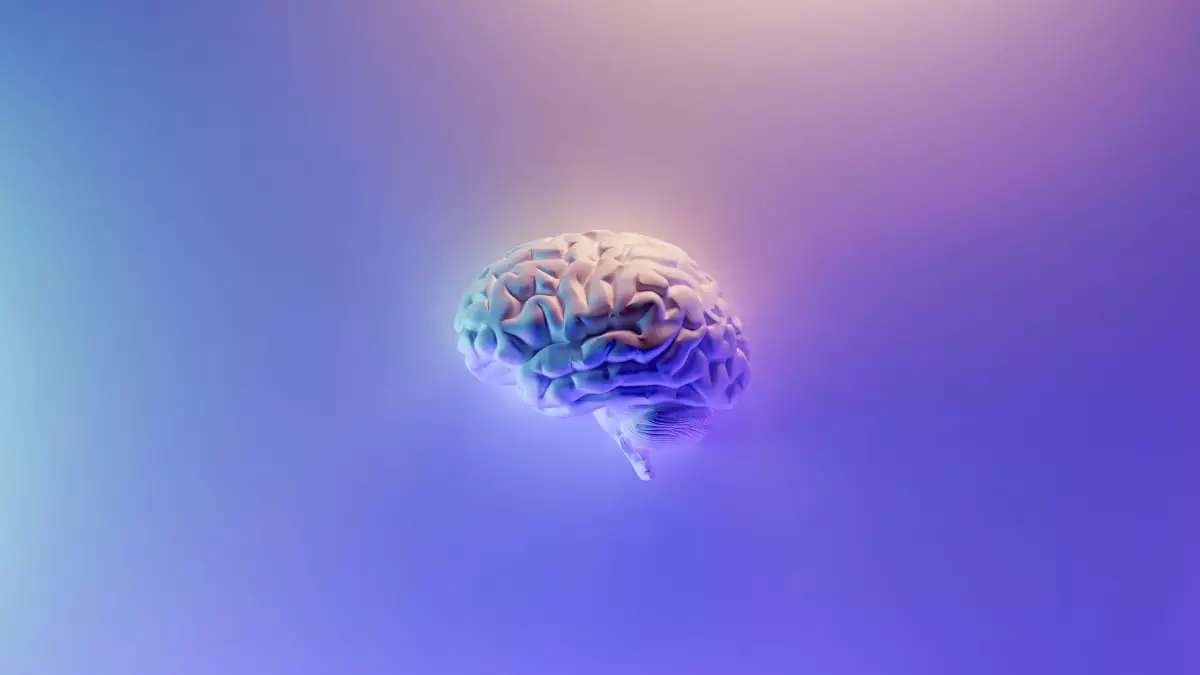The intricate workings of the human brain continue to fascinate scientists, particularly in the field of neuroscience. One of the most profound questions that has emerged is whether memories can be salvaged from a deceased individual’s brain. While significant progress has been made in understanding how memories are stored, the idea of extracting those memories post-mortem remains shrouded in complexity and ambition.
At the heart of memory retrieval studies lies the concept of engrams, which are believed to be the physical manifestations of memories within the neural architecture of the brain. Recent research has spotlighted the hippocampus—a brain region fundamentally involved in forming and retrieving memories—as a crucial area housing these engrams. Each memory appears to reside in a network of neurons that communicate via synapses, with engrams containing fragments of our experiences woven together. Understanding this foundational aspect of memory offers a glimpse into the potential for future extraction endeavors, although current research remains largely in the theoretical realm.
Despite the alluring prospects of memory extraction, the process is inundated with challenges. Experts like Don Arnold from the University of Southern California point out that while engrams serve as indicators of memory storage, they are not comprehensive representations of those memories. This distinction complicates the notion of retrieval since it signifies that reconstructing a memory would not merely be a case of recalling a static event. Charan Ranganath, who leads the Memory and Plasticity Program at UC Davis, further elucidates that human memory is inherently reconstructive. Unlike traditional data storage systems, recalling a memory involves piecing together various fragments of past experiences, often colored by personal interpretation and emotional context.
Another layer of complexity arises from the multifaceted nature of memories themselves. Memories tied to specific emotions or sensory details do not reside in isolation in the brain; they are distributed across different areas. This decentralized storage poses a significant obstacle for any potential efforts to recreate memories in their entirety. The dynamic interplay of emotions and sensory inputs complicates the extraction process, suggesting that not only are memories fragile, but they also lack the coherence necessary for straightforward retrieval.
As it stands, existing technology is insufficiently advanced to facilitate the extraction of memories from deceased individuals. While scientists theorize that developing methods to simulate neural networks might one day allow for memory recreation, such advancements would necessitate extensive and continuous monitoring over a person’s lifetime. This level of neuroimaging would be both logistically challenging and ethically charged, raising questions about privacy and consent.
While the exploration of memory retrieval from the deceased brain is a stimulating inquiry, experts universally affirm that the memories of an individual essentially perish upon death. The technical and conceptual hurdles that still stand between us and the potential for memory extraction underline the current limitations of neuroscience. For now, the intricate tapestry of human memory remains intimately tied to the living, reminding us of the profound connection between remembrance and existence.

